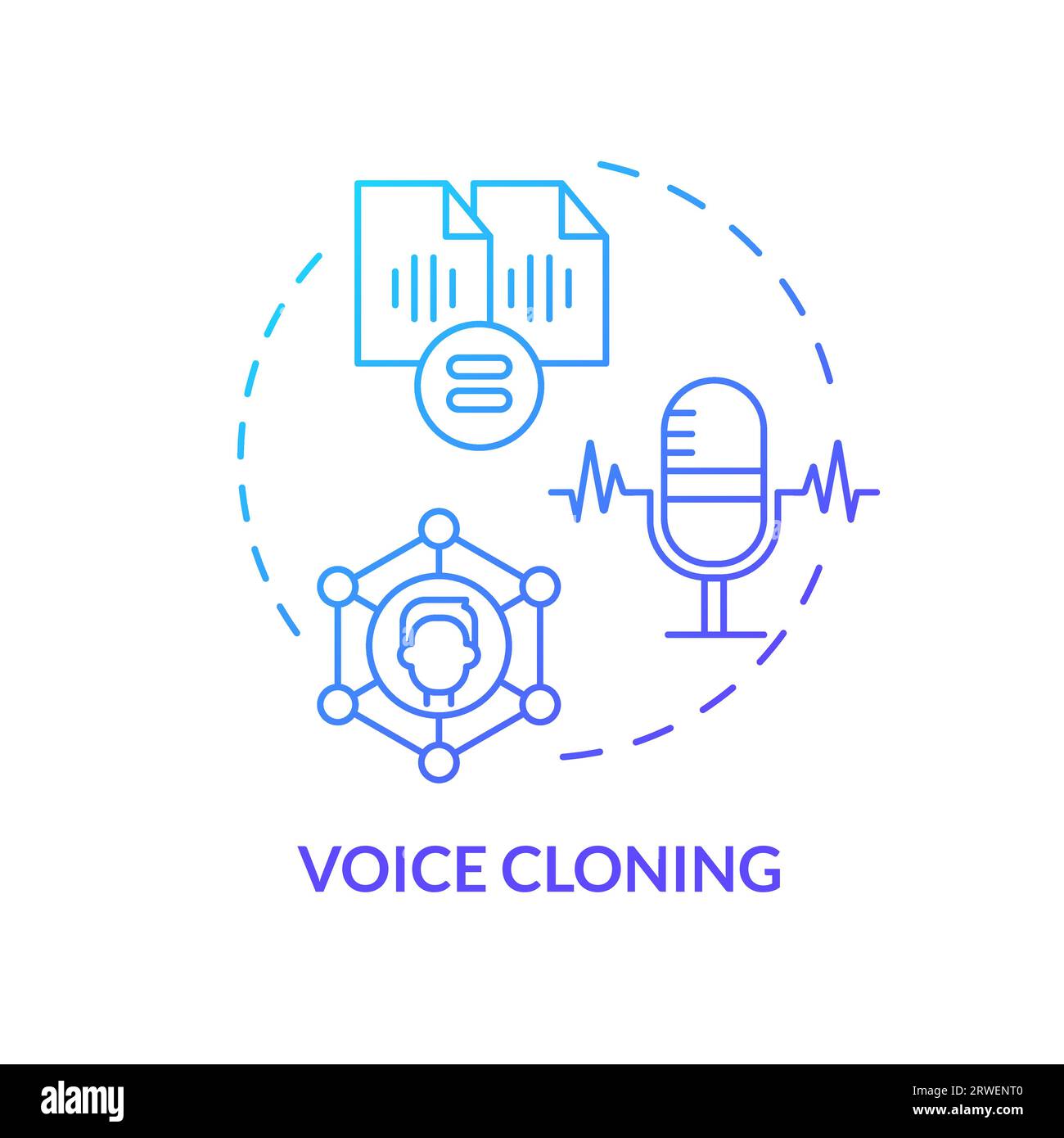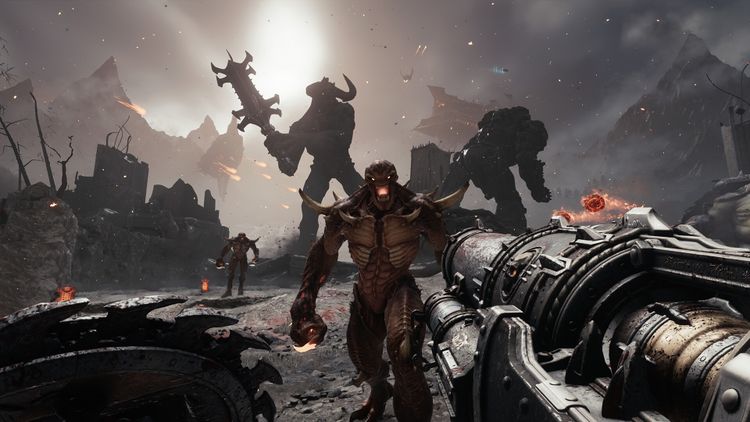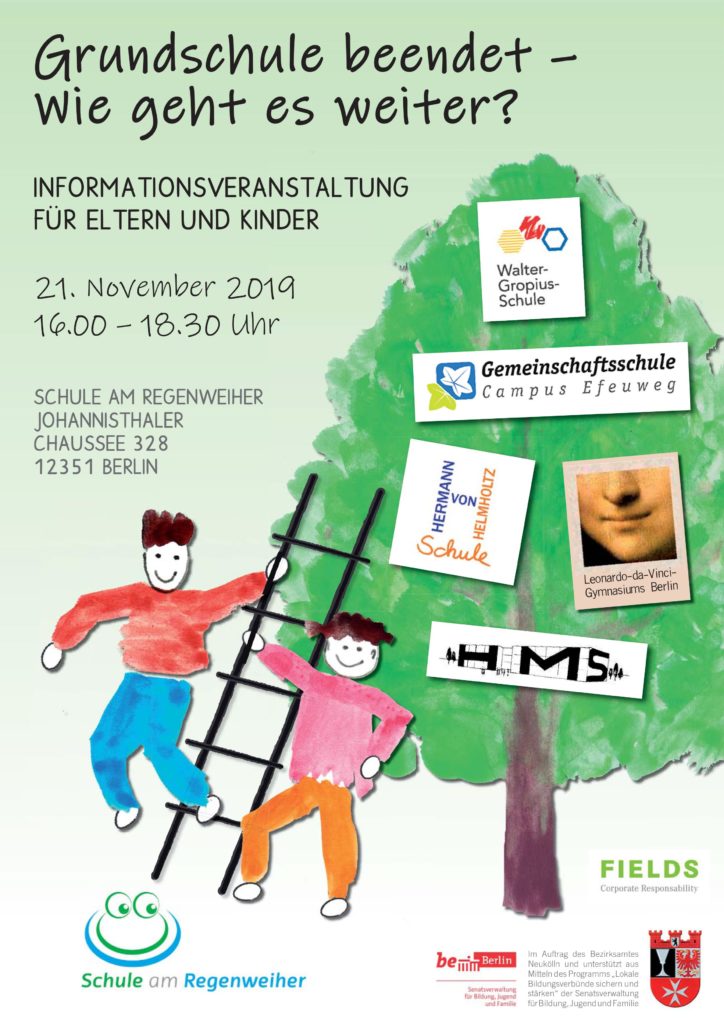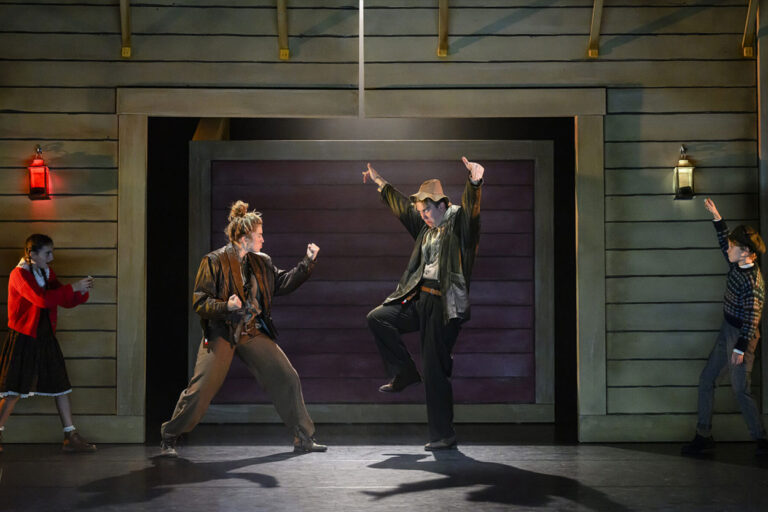Johansson Vs. OpenAI: The Debate Over AI Voice Cloning And Copyright

Table of Contents
Understanding AI Voice Cloning Technology
AI voice cloning, also known as synthetic voice generation or voice synthesis, uses sophisticated machine learning algorithms to create incredibly realistic imitations of human voices. This process typically involves:
- Data Collection: Gathering vast amounts of audio data from a target voice, often from publicly available sources like movies, interviews, or audiobooks.
- Machine Learning: Training complex neural networks on this data to learn the nuances of the voice, including tone, inflection, and rhythm. This often involves techniques like deep learning and recurrent neural networks.
- Deepfake Technology: Advanced AI techniques, similar to those used in creating deepfake videos, are employed to synthesize new audio that mimics the original voice with startling accuracy.
Different methods exist for AI voice cloning, ranging from simpler text-to-speech systems to highly sophisticated models capable of replicating emotional expression and even subtle vocal characteristics. However, limitations remain; current technology struggles with replicating complex vocalizations or maintaining consistency over extended periods. The potential for misuse is significant; deepfake voice technology can be used for malicious purposes, including fraud, impersonation, and the spread of misinformation.
Examples of AI voice cloning applications abound:
- Voice assistants: Virtual assistants like Siri and Alexa use voice synthesis, although not necessarily cloning specific individuals.
- Audiobooks: AI-generated narration is increasingly used to create audiobooks, often raising copyright questions.
- Video games: Voice cloning allows developers to create realistic character voices without the need for expensive voice actors.
Copyright Law and AI-Generated Content
The current legal framework surrounding copyright is struggling to keep pace with the rapid advancements in AI. Existing copyright laws generally protect original works of authorship, but the application to AI-generated content is far from clear. Key questions include:
- Ownership of copyright: Does the copyright belong to the person who trained the AI model, the company that owns the AI, or the individual whose voice was cloned?
- Fair use exceptions: Do the existing fair use doctrines apply to AI voice cloning, particularly when used for parody or commentary?
- Definition of "originality": How do we define originality in AI-generated content, given the technology's reliance on existing data?
The debate rages on. Arguments for copyright protection emphasize the need to incentivize artistic creation and prevent exploitation; arguments against it highlight the potential for stifling innovation and hindering the development of AI technologies. Relevant legal terms such as copyright infringement, intellectual property rights, and fair use are central to this ongoing legal battle.
Johansson vs. OpenAI: A Case Study in AI Copyright Infringement
Scarlett Johansson's lawsuit against OpenAI centers on the alleged unauthorized use of her voice, obtained through data scraping and used to train OpenAI's AI voice cloning models. Johansson claims this constitutes copyright infringement and breach of her right of publicity, demanding significant damages. OpenAI's defense (if any has been made public) is yet to be fully articulated, but likely revolves around arguments related to fair use, the transformative nature of their AI, and the publicly available nature of the data used.
This case has the potential to establish critical legal precedents:
- Data scraping legality: The use of publicly available data to train AI models will be scrutinized.
- Scope of voice rights: The extent to which individuals possess exclusive rights to their voice will be defined.
- Liability of AI companies: The responsibility of AI companies for the actions of their algorithms will be examined.
This high-profile case, alongside related keywords like celebrity voice, voice rights, and data scraping, sets a stage for future legal battles surrounding AI-generated content.
Ethical Considerations of AI Voice Cloning
Beyond the legal complexities, significant ethical concerns surround AI voice cloning:
- Privacy violations: The unauthorized collection and use of individuals' voices raise serious privacy concerns.
- Impersonation and fraud: The technology can be used for malicious impersonation, enabling fraud and identity theft.
- Impact on artistic integrity: The ease with which voices can be cloned could undermine the value and integrity of artistic performances.
The potential for misuse in phishing scams, spreading misinformation (deepfake audio), and other malicious activities highlights the urgent need for ethical guidelines and regulations. These guidelines should balance technological innovation with the protection of individual rights and societal well-being.
Conclusion: The Future of AI Voice Cloning and Copyright Protection
The Johansson vs. OpenAI case marks a pivotal moment in the ongoing debate surrounding AI voice cloning and copyright. It underscores the need for a comprehensive legal and ethical framework to address the challenges posed by this powerful technology. Potential solutions include:
- New copyright laws: Adapting existing laws to specifically address AI-generated content.
- Licensing agreements: Establishing clear licensing agreements for the use of individuals' voices in AI models.
- Technological safeguards: Developing technologies to detect and prevent the unauthorized use of AI voice cloning.
The debate over AI voice cloning is far from over. Join the conversation and help shape the future of AI voice cloning and copyright protection. Let's work together to ensure responsible development and use of this transformative technology, protecting both innovation and individual rights.

Featured Posts
-
 Doom Dark Ages Xbox Controller On Sale Amazon Deal
May 13, 2025
Doom Dark Ages Xbox Controller On Sale Amazon Deal
May 13, 2025 -
 Enhance Your Kids Spring Break Engaging Activities And Travel Ideas
May 13, 2025
Enhance Your Kids Spring Break Engaging Activities And Travel Ideas
May 13, 2025 -
 Entwarnung Grosseinsatz An Braunschweiger Grundschule Beendet
May 13, 2025
Entwarnung Grosseinsatz An Braunschweiger Grundschule Beendet
May 13, 2025 -
 Braunschweiger Schoduvel Der Karnevalsumzug Ist Gestartet
May 13, 2025
Braunschweiger Schoduvel Der Karnevalsumzug Ist Gestartet
May 13, 2025 -
 De Strijd Om De Scudetto Inter Napoli En Atalanta Vergelijken
May 13, 2025
De Strijd Om De Scudetto Inter Napoli En Atalanta Vergelijken
May 13, 2025
